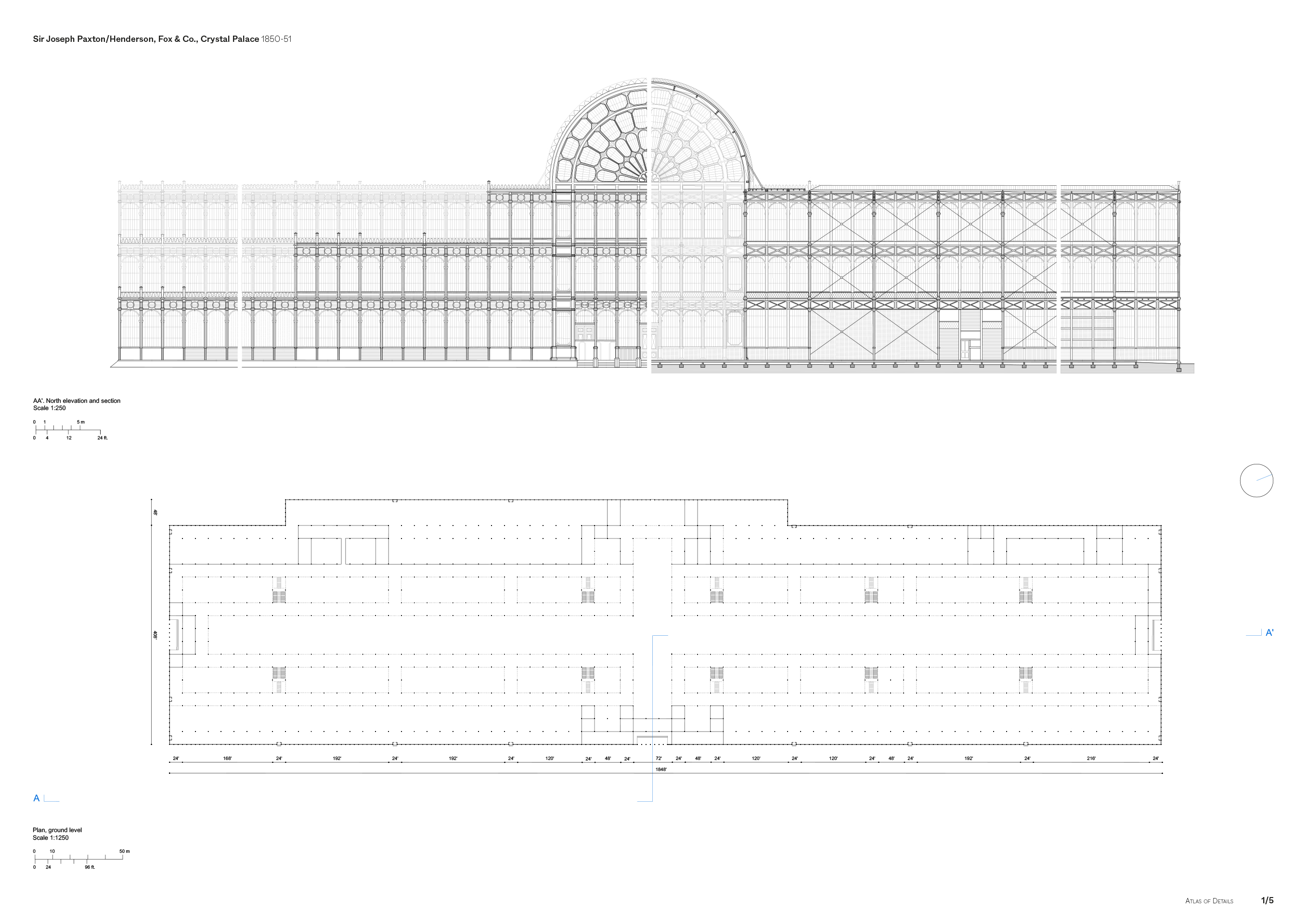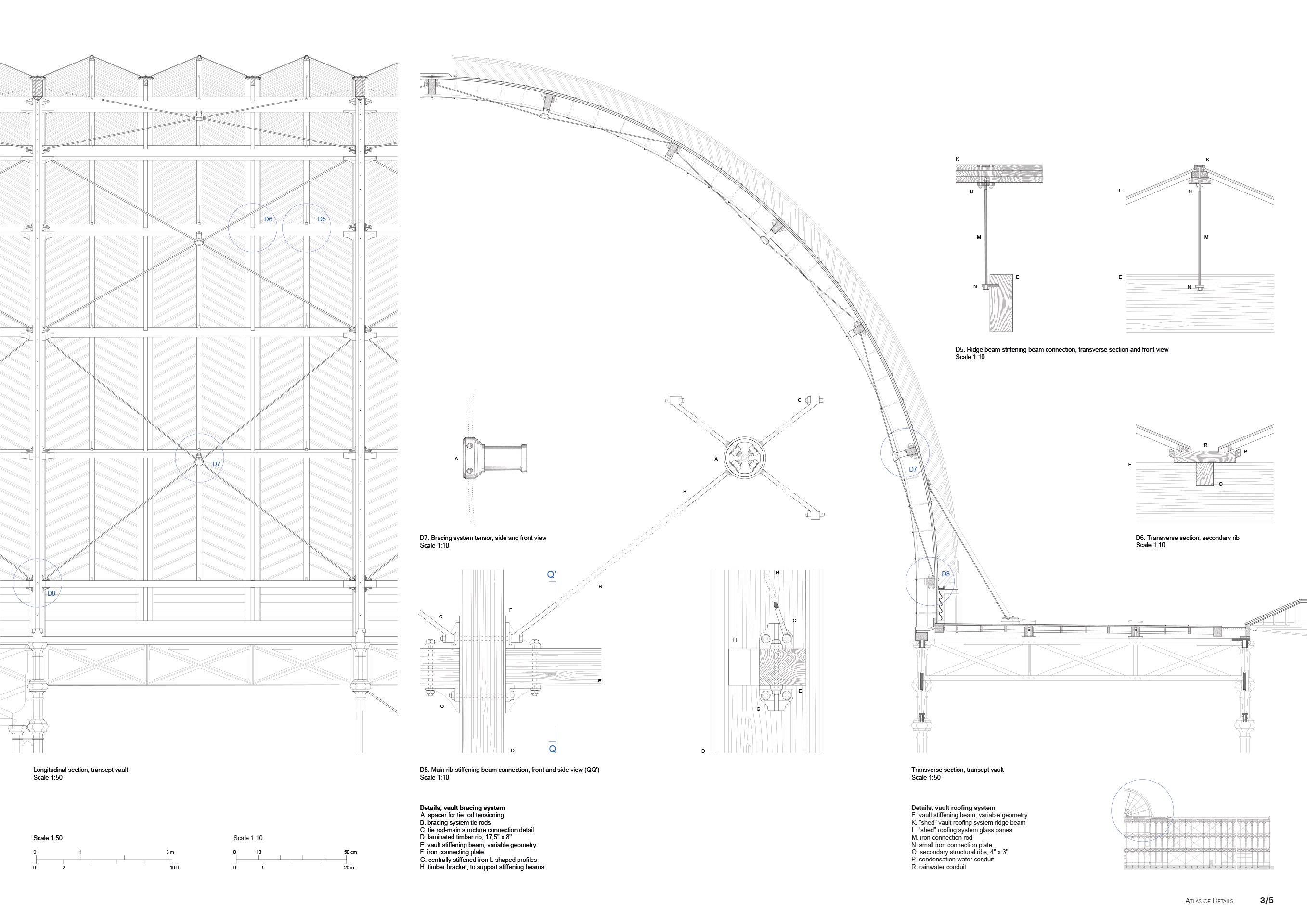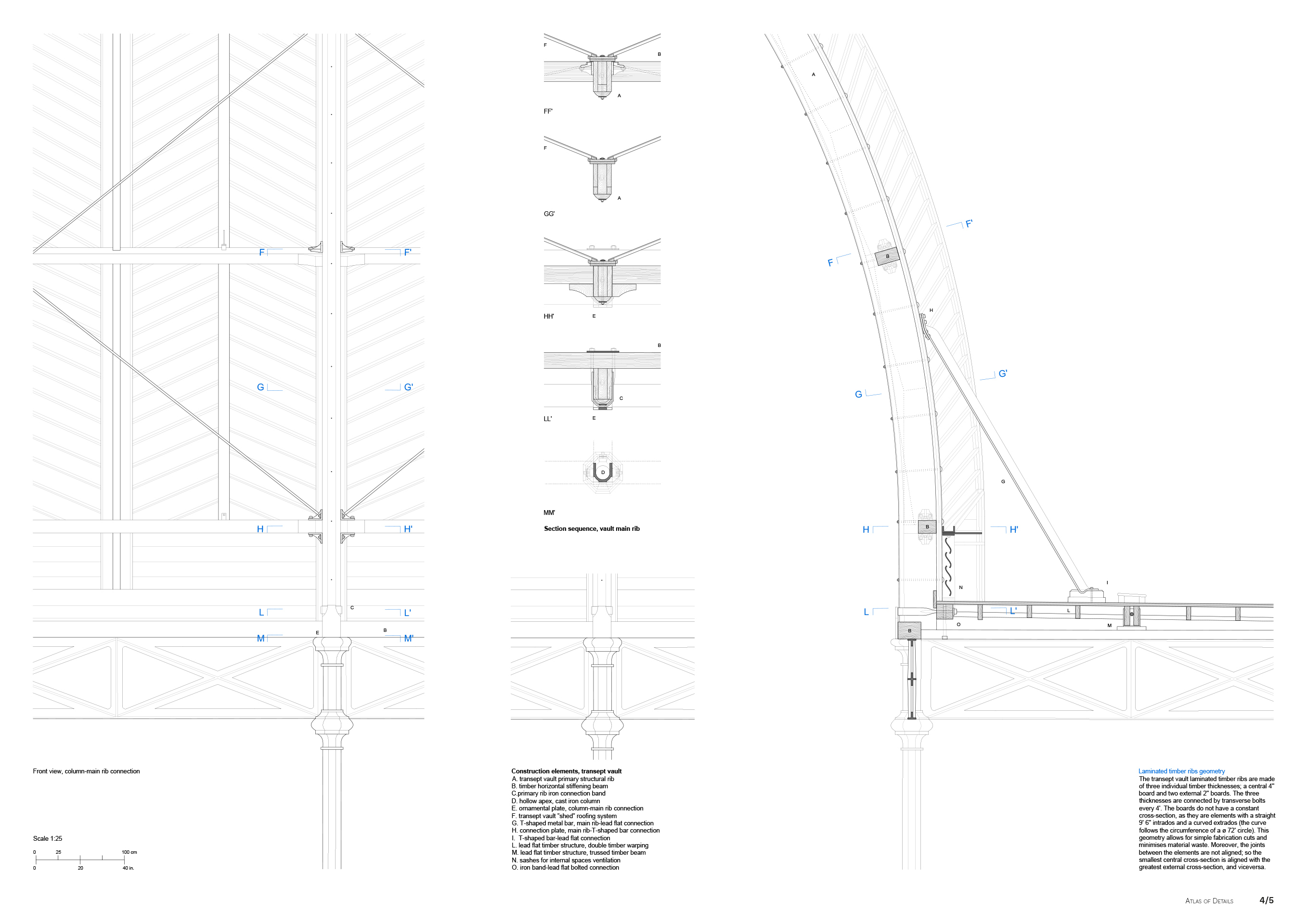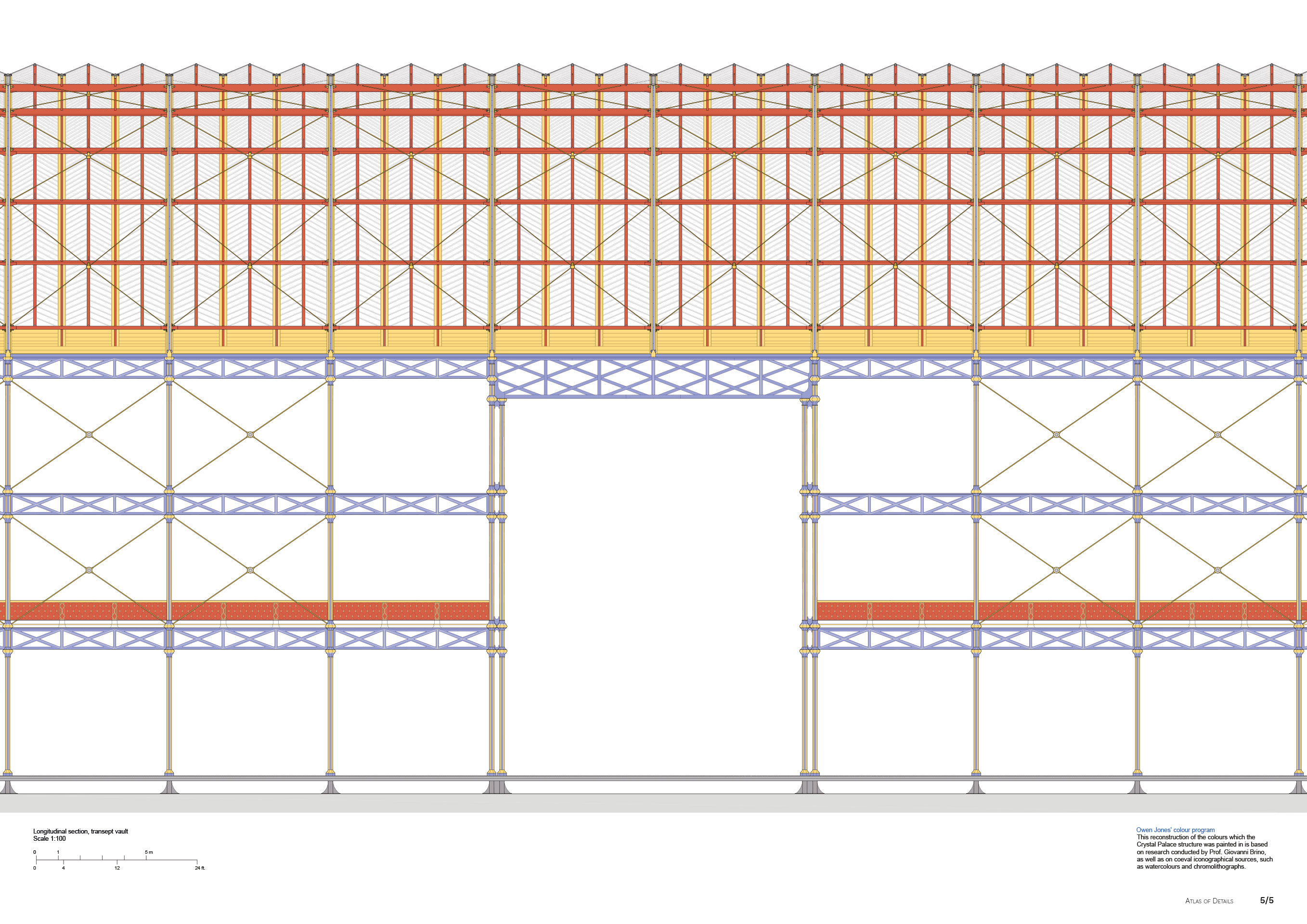Joseph Paxton
xxxxxx
“The history of the world, I venture to say, records no event comparable in its promotion of human industry, with that of the Great Exhibition of the Works of Industry of all Nations in 1851. A great people invited all civilized nations to a festival, to bring into comparison the works of human skill. The Sovereign of that people (…) witnessed its triumph among a multitude of 25,000 persons,all assembled under one glass roof of 1,850 feet in length, an event which had never happened before” (1). Nelle sue memorie, pubblicate a Londra nel 1884, Henry Cole apriva il capitolo dedicato alle esposizioni internazionali con una fondamentale, seppur implicita, affermazione. Nelle sue trionfali righe si dichiarava inscindibile il rapporto tra la prima Grande Esposizione Universale e la struttura che la aveva ospitata, sineddoticamente rappresentata dalla sua “unica copertura vetrata di 1,850 piedi di lunghezza.” La storia del Palazzo di Cristallo concepito da Joseph Paxton si innesta su quella del grandioso evento del 1851 e ne è un frammento fondamentale.
Read project record
Architect:
Sir Joseph Paxton (1803-1865)
Name of the building:
Building of the Exhibition of the Works of Industry of All Nations; Crystal Palace
Site:
Hyde Park, London (UK);
then rebuilt, expanded and with important variations, on Sydenham Hill, London
Client:
Society for the Encouragement of Arts, Manufactures and Commerce
Royal Commission for the Exhibition of 1851
Contractors:
Fox, Henderson & Co. (main contractors: wrought iron works, timber carpentry at Chelsea sawmills; coordination of sub-contracting firms);
Firm Chance Brothers (glass panes suppliers);
Firm Birch (production of timber elements: Phoenix sawmills at Cumberland Market);
Firm Cochrane & Co., Impresa Jobson (cast iron elements);
Firm Fothergill & Co. (wrought iron bars);
Firm William Anderson Rose, firm Pontifex & Wood (decoration paint suppliers);
Firm Dowson & Co. (timber suppliers)
Engineer:
Sir Charles Fox (1810-1874)
Other actors:
Prince Albert of Saxe-Coburg, Henry Cole (organisers and promoters);
Charles Barry, Robert Cockerell, Thomas Donaldson, Robert Stephenson, Isambard Kingdom Brunel, William Cubitt (Building Committee);
John Henderson (coordination of sub-contractors’ activities);
William Cubitt (engineer in chief);
Matthew Digby Wyatt (management, superintendent of the construction of the 1851 Exhibition building);
Charles Wild (supervision of calculations and final structural testing, superintending engineer);
Henry Wilbee (construction foreman, assembly system for the transept vault);
John Cochrane (construction foreman and director of Fox’s collaborators);
Charles Clark (assistant); William George Brounger (topographer);
Edward Cowper (design of the in situ “pre-fabrication” machines);
William Barlow (engineer, Paxton’s structural consultant);
Earie (surveyor, clerk of works); Harwood (surveyor);
Barrow, Campbell, Fleming, Lindsey (Sappers and Miners corporals);
Bateman, Dodd, Fowler, Haite, Warren (general assistants);
Decorations:
Owen Jones (responsible for the decorations, interiors and colour scheme)
Building permit:
1849. Initial planning of the event;
1850. Open design competition, construction tenders and awarding of the building contract
Start of construction works:
1850




